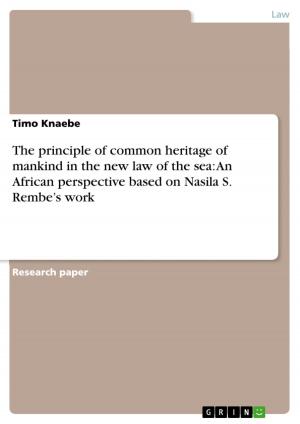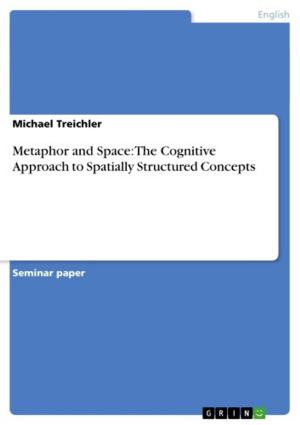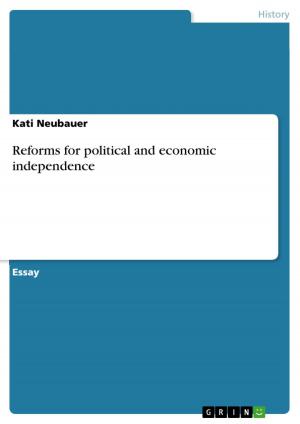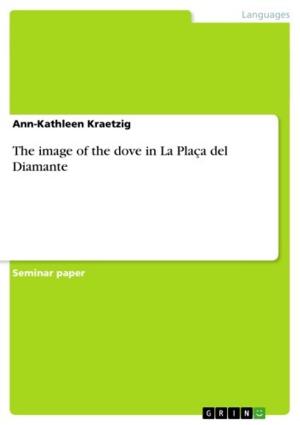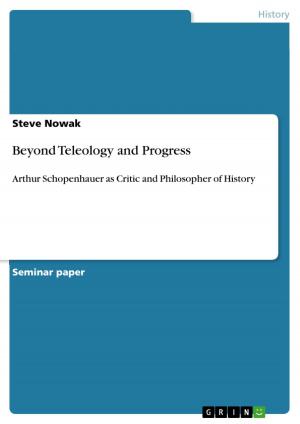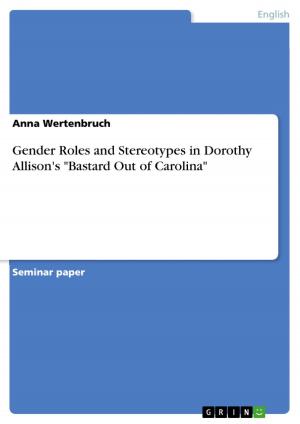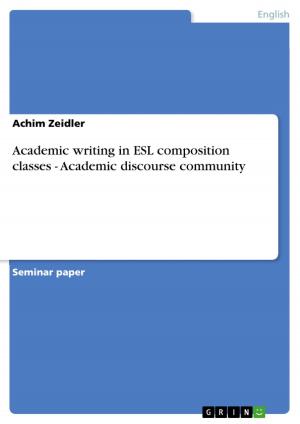| Author: | Carolin Ruwe | ISBN: | 9783638129350 |
| Publisher: | GRIN Publishing | Publication: | June 9, 2002 |
| Imprint: | GRIN Publishing | Language: | English |
| Author: | Carolin Ruwe |
| ISBN: | 9783638129350 |
| Publisher: | GRIN Publishing |
| Publication: | June 9, 2002 |
| Imprint: | GRIN Publishing |
| Language: | English |
Seminar paper from the year 2002 in the subject American Studies - Miscellaneous, grade: very good, University of Würzburg (English Philology), 23 entries in the bibliography, language: English, abstract: Stanley Kubrick's Eyes Wide Shut, one of the most eagerly anticipated movies of the 1990s, turned out to be the most controversial cinematic work of this decade. Critics are divided between scathing criticism and commendatory enthusiasm; reviews range from calling Kubrick's movie intellectually over-hyped, a disaster, or a boring experience to praising it as a triumphant victory and a masterpiece. For one thing, Eyes Wide Shut generates controversy on first viewing. It does not present easy answers or reassuring certainties, but leaves the viewer baffled as to its meaning. It is the movie's complexity and large symbolic dimension that makes one realize that a single screening may not reveal all the meanings necessary for an interpretation. One of the movie's outstanding features is its extensive use of recurring motifs, symbols, allusions, and paradox - one of the reasons why the film is difficult to understand. Thus, to come to a fuller understanding of one of the film's possible messages, it is not only useful, but also necessary to take a closer look at its symbolic structure. This paper attempts to discuss the symbols employed in the movie as it is of benefit to the film's analysis. Eyes Wide Shut presents two different planes of discourse: there is an outer reality, the social dimension, and there is the inner world of the characters, the psychodynamic dimension. To allow for the viewer to penetrate beyond the surface of outward appearances and human superficiality into the hidden worlds of dreams and fantasies, the use of symbols is an ideal instrument. Symbols appeal to the imagination and they address and evoke our emotions. They reflect on the interface between fiction and reality and thus help to reveal the truths of the subconscious mind. This helps to foster audience participation and emotional involvement in the story, which is of importance for Eyes Wide Shut to develop its full effect. However, even though Kubrick's movie is full of symbols and hidden meanings, it is difficult to put them together for an analysis. There is not one interpretation that fits perfectly and renders a symbolic coherence. Thus, Eyes Wide Shut is open to several interpretations, none of which fits perfectly to all parts and aspects of the film. And this is exactly what makes the movie so intriguing: its ambiguity and loose ends, which leave interpretation to the viewer.
Seminar paper from the year 2002 in the subject American Studies - Miscellaneous, grade: very good, University of Würzburg (English Philology), 23 entries in the bibliography, language: English, abstract: Stanley Kubrick's Eyes Wide Shut, one of the most eagerly anticipated movies of the 1990s, turned out to be the most controversial cinematic work of this decade. Critics are divided between scathing criticism and commendatory enthusiasm; reviews range from calling Kubrick's movie intellectually over-hyped, a disaster, or a boring experience to praising it as a triumphant victory and a masterpiece. For one thing, Eyes Wide Shut generates controversy on first viewing. It does not present easy answers or reassuring certainties, but leaves the viewer baffled as to its meaning. It is the movie's complexity and large symbolic dimension that makes one realize that a single screening may not reveal all the meanings necessary for an interpretation. One of the movie's outstanding features is its extensive use of recurring motifs, symbols, allusions, and paradox - one of the reasons why the film is difficult to understand. Thus, to come to a fuller understanding of one of the film's possible messages, it is not only useful, but also necessary to take a closer look at its symbolic structure. This paper attempts to discuss the symbols employed in the movie as it is of benefit to the film's analysis. Eyes Wide Shut presents two different planes of discourse: there is an outer reality, the social dimension, and there is the inner world of the characters, the psychodynamic dimension. To allow for the viewer to penetrate beyond the surface of outward appearances and human superficiality into the hidden worlds of dreams and fantasies, the use of symbols is an ideal instrument. Symbols appeal to the imagination and they address and evoke our emotions. They reflect on the interface between fiction and reality and thus help to reveal the truths of the subconscious mind. This helps to foster audience participation and emotional involvement in the story, which is of importance for Eyes Wide Shut to develop its full effect. However, even though Kubrick's movie is full of symbols and hidden meanings, it is difficult to put them together for an analysis. There is not one interpretation that fits perfectly and renders a symbolic coherence. Thus, Eyes Wide Shut is open to several interpretations, none of which fits perfectly to all parts and aspects of the film. And this is exactly what makes the movie so intriguing: its ambiguity and loose ends, which leave interpretation to the viewer.


